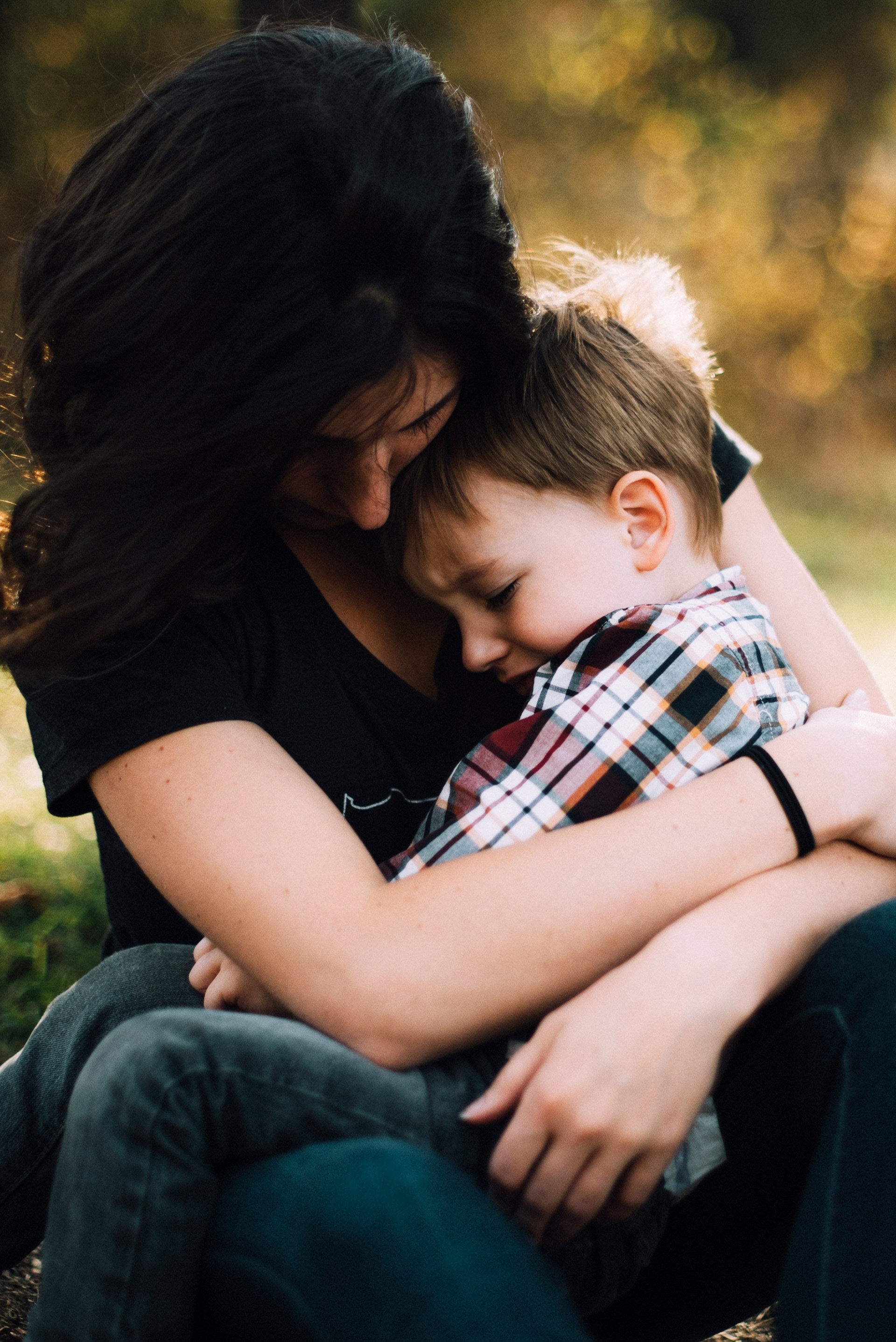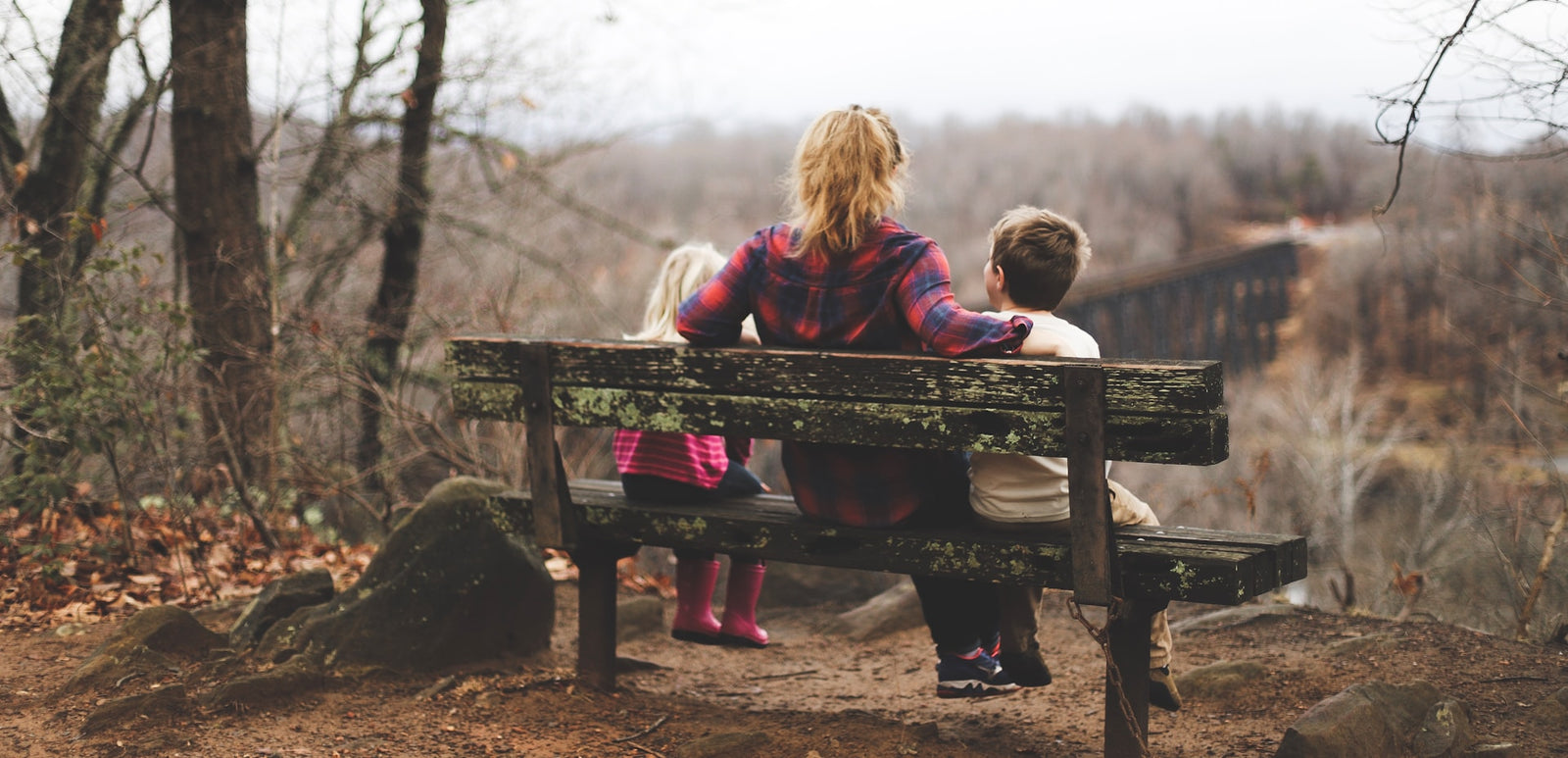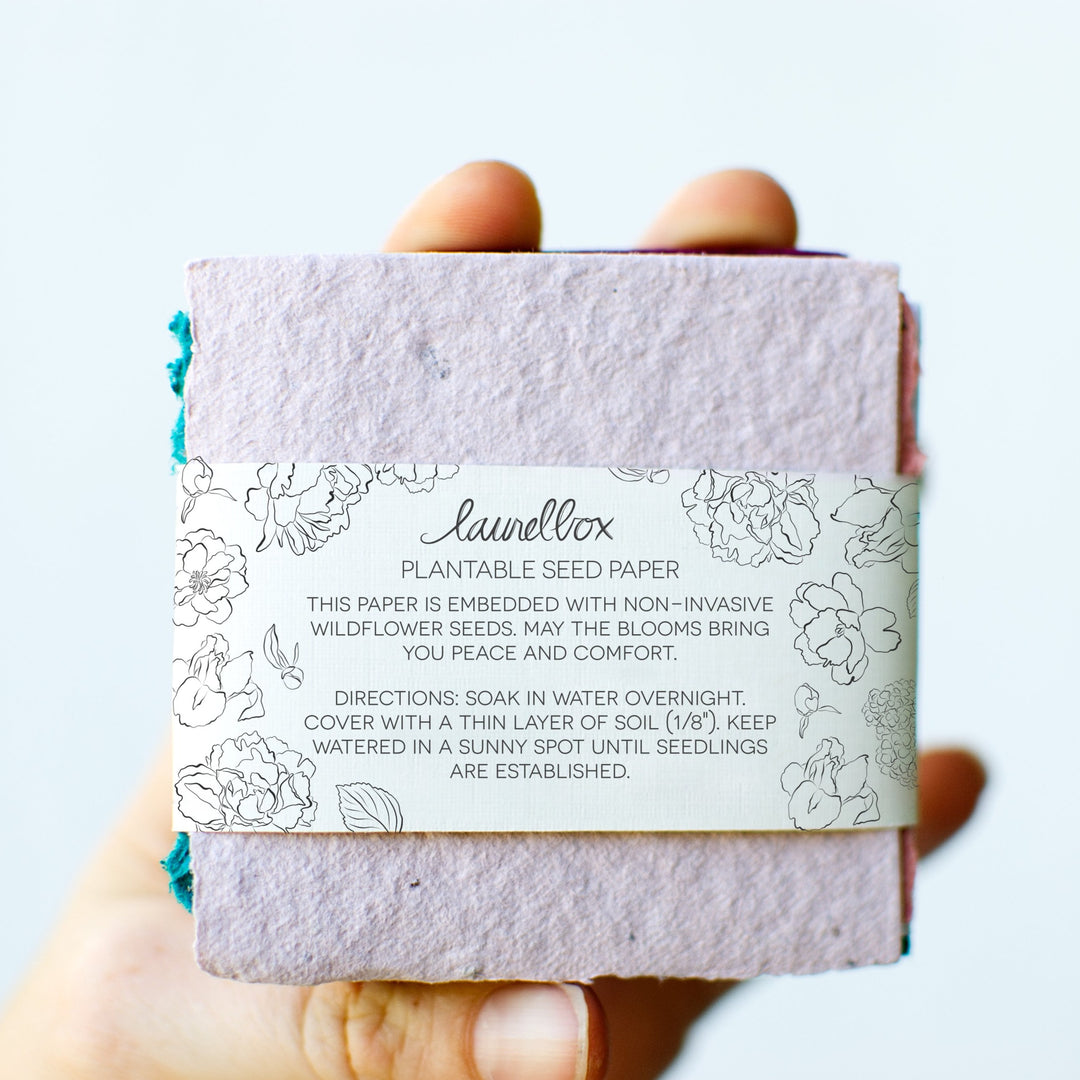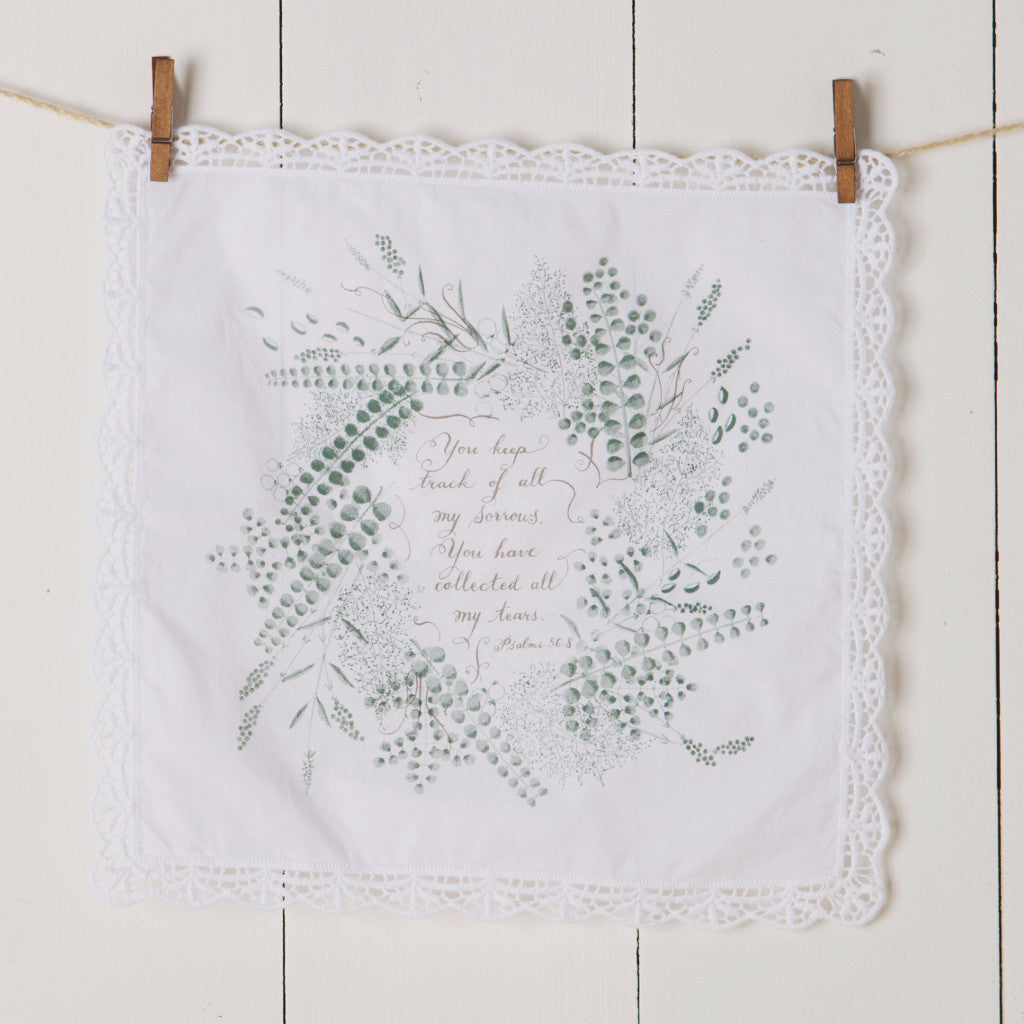
Comforting Young Hearts During Children’s Grief Awareness Month
Each November marks Children’s Grief Awareness Month. This blog will shine a light on the often-overlooked emotional struggles that children face when dealing with the loss of a loved one. Our goal for this blog is to bring awareness to childhood bereavement and discuss the complexity of grief and children’s emotions. We will also suggest grief gifts for children as well as ways adults can aid in the healing process and serve as guides during this difficult time.
Grief & Children
Being there for a child walking though loss is so important. According to the National Alliance for Children’s Grief, one in 12 children in the US will experience the death of a parent or sibling by age 18. That means 8.3% of children will be bereaved during their formative years. Grief can be especially confusing for small children, who may not have the complex vocabulary or emotional tools to express what they feel. As adults, it is important to offer comfort, guidance, and a sense of security during their difficult time. By creating a supportive environment where children feel safe to grieve, we can teach them how to regulate and navigate their emotions and start their journey to healing.
Grieving the loss of a parent or sibling, or other close personal loved one, can affect a child’s attitude, sleep, behaviors, habits, relationships and perspective on life. A generally happy healthy teen can quickly begin acting out and making dangerous choices as their young mind processes the loss. A child who had been sleeping through the night may regress and experience night terrors, insomnia or even bed wetting. Other socially active children may withdraw and isolate as they navigate life without their loved one. Losing a parent during a child’s formative years can lead to things like anxiety and depression so be on the lookout for signs and intervene early.
Helpful Tips for Caregivers
Comforting grieving children is never easy or straightforward. Thankfully, there are a number of resources and helpful tips available. Some basic “dos and don’ts” include:
Do
- Be patient
- Give them time to process
- Be there for them
- Help them in any way they need
Don’t
- Become impatient with their grieving process
- Push them to heal faster than they need/want to
- Leave them to cope alone
- Limit the way you offer support and care
Children will have to work through their thoughts and emotions just like adults walking through grief. But it’s our job as “grown ups” to lead them along a healthy path with love, patience and understanding. Depending on the age of the child, there are a number of resources available to pull from. This Sesame Street grief workshop has videos that include topics like “Coping With Big Feelings” as well as an age breakdown addressing “How Children Grieve and How to Help.”
I would also suggest a feelings chart to help kids identify and name what they are feeling. I purchased this feelings chart for my toddlers and it is so helpful in a variety of situations. I could see it being invaluable to help littles name their emotions like sadness, worry, anger etc. They also usually include calming techniques too!
For caregivers of teenagers, check out this resource entitled “6 Basic Principles of Teen Grief” from the Dougy Center, a national grief center for children and families. No matter the age of the child you are seeking to support, look for resources to help them along their grief journey.
This Sesame Street video shows how Jesse experienced a variety of “big feelings” after losing her dad. She and Elmo are encouraged to tell someone about their feelings because it helps to talk about them.
Talk It Out
Just like in that Sesame Street video, it can’t be overstated how important it is for children to talk to a trusted adult through the grieving process. It might not be just one individual but hopefully an entire support system including close friends, family, teachers as well as licensed mental health professionals. Mental health care for children is usually covered by insurance, though plans vary so be sure to check with your provider. Support groups can also play an important role and connect children to other grieving kids. Depending on your location, in person groups might be easily accessible or virtual options might be best. I even discovered there are grief camps for kids to get away and enjoy a camp experience especially for grieving children! Depending on your situation, it might not be an either/or but instead a both/and approach. Keep showing up for the child and offering multiple outlets for him or her to share feelings, emotions and fears.

Memory Keepers
It’s important to keep the loved one’s memory alive by talking about that person with the child. Make sure to have pictures of them around the house and think of ways to honor their memory. If the loved one died from cancer or a specific sickness, consider encouraging the child to host a lemonade stand with the proceeds going to cancer research. Just like adults, children can benefit from channeling their grief into ways to help others and make a positive difference.
Grief gifts can be a helpful tool when comforting grieving children. Young kids may attach to items that belonged to the individual, like a favorite shirt. Memento items like jewelry can become cherished keepsakes. I also think any of the Laurelbox memorial candles would be a special part of an annual day honoring the person’s life, whether that falls on their birthday or date of passing.
It’s important to note grief can be compounded around the holidays. Be sure to check out all the holiday grief gifts Laurelbox offers. A new item I think would be particularly sweet for a child to keep on their nightstand would be the new personalized remembrance tabletop tree. Each tree set includes miniature versions of the bestselling In Memory Feather Ornament, a custom engraved ornament with the loved ones name, two miniature engraved ornaments, and string lights.
Research suggests expressive writing can dramatically help in processing emotions like grief and sadness. This Grief Journal for Kids by a licensed clinical social worker includes prompts to help children work through their sadness. Children of all ages love stuffed animals. A cuddly teddy bear or “Warmie” could provide snuggles to a child experiencing loss.
Conclusion
Children, just like adults, grieve in different ways. The key to talking with kids about grief is to allow them to feel whatever emotions they are feeling as well as teach them the words and give them the space to express those feelings. Be observant with how they are doing in school and social settings and reach out to professionals early in their grief journey. Look for ways to honor their loved one through memorial gifts, celebrations and holidays. Grief is incredibly hard but if children feel safe and loved, they can grow and develop in spite of hard seasons.
Bestsellers
LANNA BRITT
Lanna Britt was a national news producer in Washington DC for nearly a decade covering politics, breaking news and current events. She now lives with her husband and three children in Richmond VA. She has two sweet babies she’ll meet again in heaven.



































